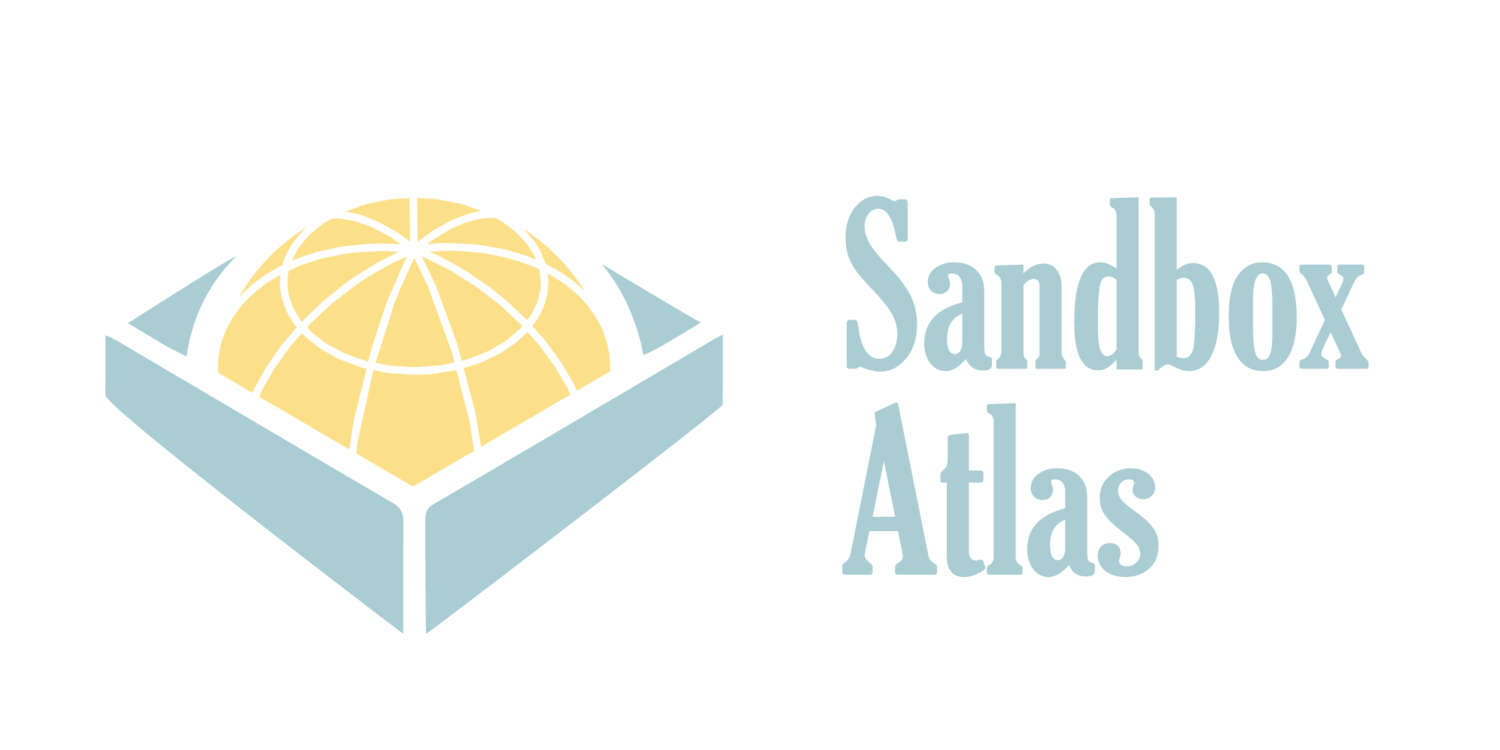POLS-28: The Urban Underclass and Public Policy
Module #1: Introduction to GIS, Opportunity Atlas
This section is designed to introduce students with little to no background in geospatial data to the basic concepts that underpin mapmaking and geovisualization. The most important takeaway is that, in addition to navigation and general reference, maps may be used for illuminating spatial patterns—these are called thematic maps. The most common and ubiquitous method is via the “choropleth” technique.
Learning Goals:
What is Geographic Information?
What is GIS?
What is cartography?
What is thematic cartography?
What are choropleth maps?
What are its downfalls?
MAUP/normalization?
Module #2: Introduction to QGIS, Data Import
This section is designed to introduce students to the program QGIS, QuickMap Services, and Shapefiles. The most important takeaway, is that, in addition to loading data for view, QGIS may be used for symbolizing and comparing different spatial layers. The most common form of vector file for GIS is called the “shapefile.”
Learning Goals:
What QGIS?
What is a QuickMap (and/or “tiled”) basemap service?
What is a shapefile?
What is redlining?
Module #3: Layouts & Symbology
This section is designed to introduce students to QGIS’s Layout view, how to access the attribute table, and to begin to explore symbology. The most important takeaway, is that, in addition to symbolizing data, QGIS can be used to create custom, printable maps. The most common form of output files for publication are called JPGs and PDFs.
Learning Goals:
What is symbology?
What is categorical data (ordinal vs nominal)?
What is an attribute table?
What is a layout?
Midterm: Compare Redlining to Black Population
Now it is time to put your mapping skills to work! Please download the attached PDF that describes the assignment. You can find your data available for download here.
Learning Goals:
What is nominal (categorical) symbology?
What is numerical (quantitative) symbology?
What is classification?
What are the benefits and drawbacks of geovisualization?
Module 4: Import Opportunity Atlas Data
This module covers how to ingest and symbolize interesting and novel data. As I’m sure you’re discovering, much of effort for cartography and geovisualization is invested in data management and sourcing. The Opportunity Atlas provides us with interesting and insightful information to explore. This module shows you how to leverage that information in your own GIS environment.
Learning Goals:
How are records related to geographies?
What is a join?
What does “data type” mean?
